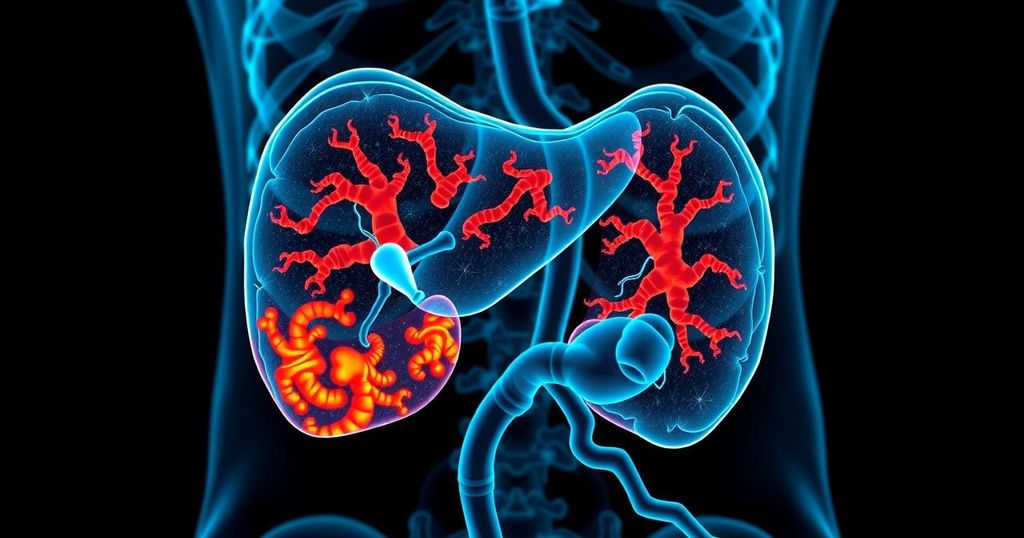AI Revolutionizes Detection of Pancreatic Cysts, Enhancing Cancer Care
At the Ohio State Cancer Center, doctors are employing artificial intelligence to distinguish between harmless and potentially dangerous pancreatic cysts, which affect many older adults. Using state-of-the-art imaging techniques, they can analyze and treat these cysts more efficiently, reducing the need for invasive surgeries and improving patient outcomes, as evidenced by Jim Blair’s favorable prognosis after his treatment.
In Twin Falls, Idaho, a groundbreaking fusion of medicine and technology is taking place at the Ohio State Cancer Center. Doctors are harnessing the power of artificial intelligence to differentiate between benign pancreatic cysts and those that pose a high risk of cancer. With an astounding prevalence of these cysts among people over 60, roughly one in four of them could turn malignant. Utilizing innovative mini probe-based laser optical cameras, physicians can visualize the pancreas during an endoscopic ultrasound, where AI steps in to analyze the footage and swiftly assess cancer risks.
Dr. Somashekar Krishna and a computer science engineer are on the cutting edge of this endeavor, training an AI algorithm to quickly detect characteristics of pancreatic cancer approval. The aim? To provide real-time insights during procedures, ultimately allowing for safer, more efficient interventions. As Dr. Krishna explains, experienced eyes can often distinguish risk levels, but AI has the potential to democratize such expertise across the medical field.
Take the experience of Jim Blair, who faced the daunting prospect of surgery after being diagnosed with pre-cancerous cysts. Thanks to this pioneering AI technology, Dr. Krishna could chart a less invasive path. Jim recalls, “This is a new procedure… we may have to go in a second time,” and indeed, they did. However, the second attempt was unnecessary; the innovative treatment worked wonders, leaving Jim free of new lesions and with a favorable prognosis, highlighting the power of this technological advancement.
This innovative approach, pioneered by Dr. Krishna, employs heat to treat pancreatic cysts, presenting a promising alternative to major surgery. With AI aiding in diagnosis and treatment, patients can find clearer paths to recovery, transforming what previously seemed a difficult journey into one filled with hope and newfound possibilities.
Many older adults are living with pancreatic cysts, common lesions that can form in the pancreas. As much as 20% of those over 60 may have these cysts, with a significant fraction at risk of evolving into pancreatic cancer, one of the deadliest forms of cancer. Traditionally, determining which cysts require treatment has relied heavily on the expertise of experienced gastroenterologists. Now, the latest techniques combining AI and advanced imaging are changing the landscape for early detection and intervention, positioning artificial intelligence as a vital tool in managing potential pancreatic malignancies.
The collaboration of artificial intelligence and advanced medical techniques is setting a new standard in the detection and treatment of potentially dangerous pancreatic cysts. By utilizing real-time analysis and innovative heat treatments, physicians like Dr. Krishna are redefining patient care. As demonstrated by Jim Blair’s experience, this technology not only minimizes the need for invasive procedures but also fosters hope in patients who face daunting diagnoses, marking a significant leap forward in cancer prevention and management.
Original Source: www.kmvt.com




Post Comment